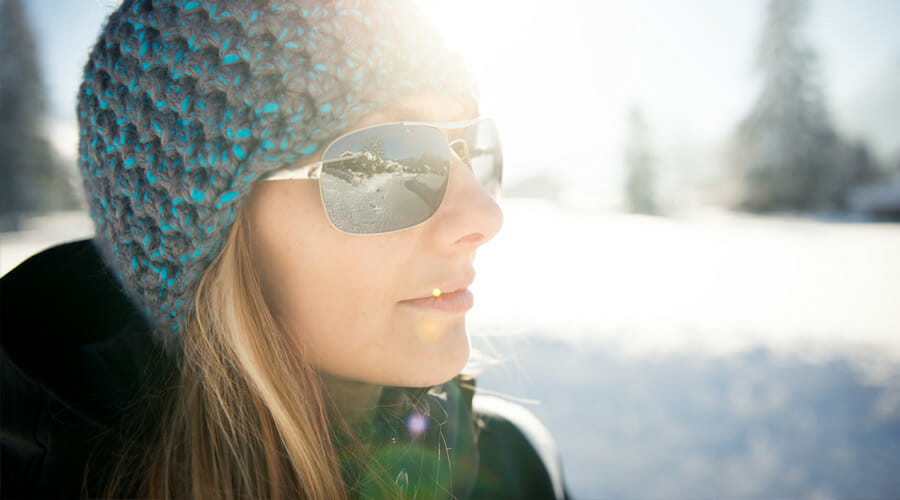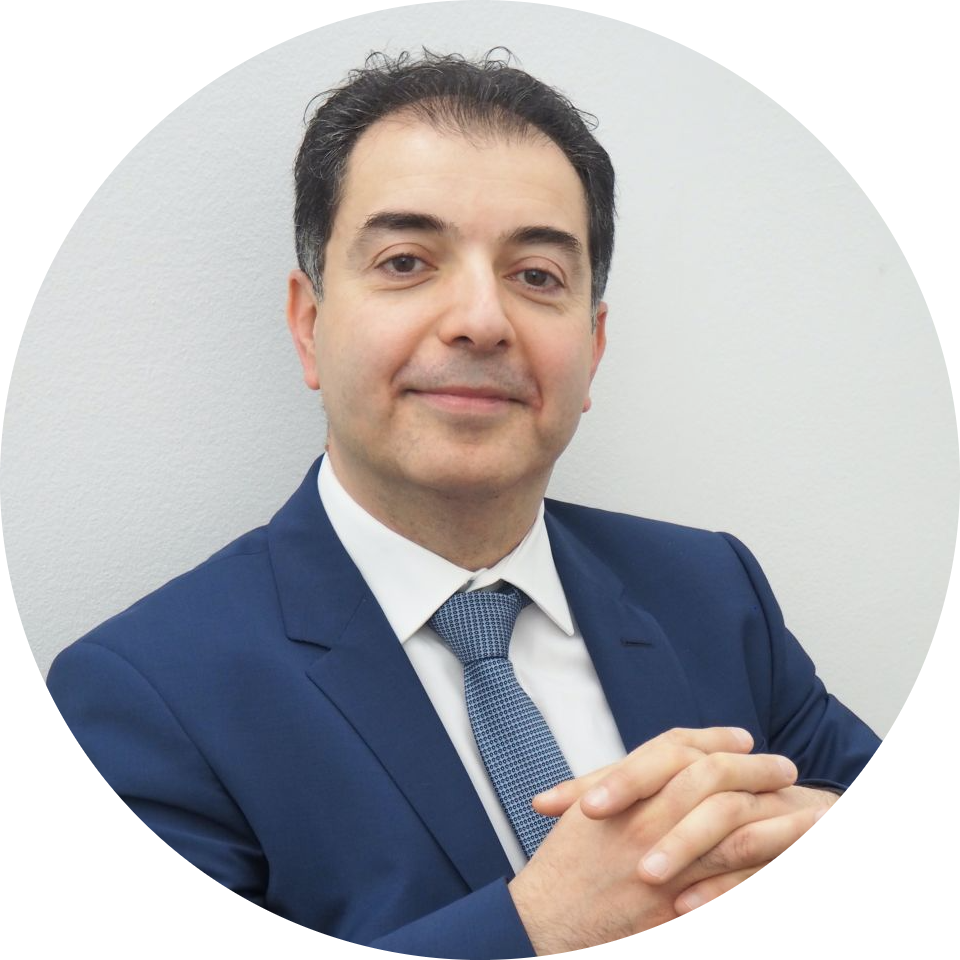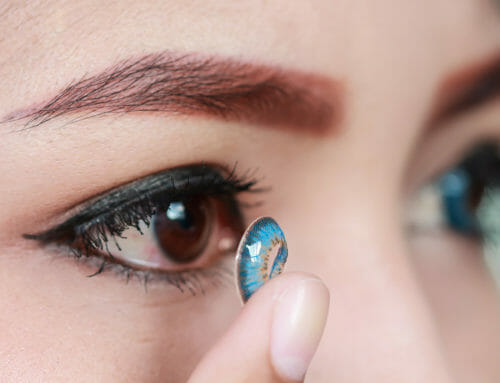
What Is Snow Blindness?
Snow blindness, also known as photokeratitis, is a condition where the eyes have been exposed to too much of the sun’s ultraviolet (UV) rays.
It is a painful condition and people who are travelling outside in snowy conditions/terrain, such as across a snowfield or in a high-altitude winter location and not wearing the correct eye protection are most at risk from this condition.
Photokeratitis can affect people that live in snowy environments, such as the polar regions, and it can also affect people that undertake outdoor activities in snowy conditions like skiing, hiking, snowboarding etc.
It is advised, to protect the eyes from snow blindness, you should wear sunglasses, snow goggles or glacier goggles that fully block out the sun’s UV rays. The sun’s UV light can burn the cornea which causes photokeratitis in the above-mentioned conditions. People may not notice the effects of snow blindness for numerous hours after light exposure to the sun’s strong rays.
What are the symptoms of snow blindness?
There are various symptoms of snow blindness but they can include eye pain, bloodshot eyes, excessive tearing, and eyelid twitching which cannot be controlled. One of the most common symptoms if feeling gritty or sandy eyes and in severe cases, the eye can swell shut. As previously mentioned pain can be felt with photokeratitis, this is caused by inflammation to the cornea from the lack of eye protection or insufficient protection to the sun’s UV rays. In some cases, photokeratitis can cause loss of vision temporarily and in severe cases of repetitive exposure to the sun’s UV rays can cause permanent loss of vision.
How to prevent snow blindness/ photokeratitis
People in snowy environments need to take correct measures to avoid snow blindness such as:
Sunglasses
Sunglasses need to block out the sun’s UV rays efficiently from all angles, and sunglasses with 100% UVA and UBA protection would be recommended. Wrap-around or full coverage sunglasses would also be preferred as light needs to be prevented from getting in at the sides of sunglasses if travelling in snowy conditions/environments.
Glacier goggles/sunglasses
These are an alternative to sunglasses if struggling to find full-coverage sunglasses. They look and fit like a normal pair of sunglasses but they have material at the sides and bottom to prevent the sun’s UV rays from getting in. The lenses of these goggles are normally mirrored and polarised, which are darker than average sunglasses.
Snow/ski Goggles
Snow and ski goggles are very good for people in snowy conditions and are great if the conditions get windy or if there is a blizzard. Unlike sunglasses and glacier goggles/sunglasses, snow and ski goggles fit tightly around the eyes and give complete eye coverage. Again, lenses that are mirrored or dark would be recommended so they can be worn in sunny conditions and prevent snow blindness.
What is the treatment of snow blindness?
If there are any signs of photokeratitis the person must be removed as quickly as possible from the sun’s UV rays and any reflective surfaces. If available, then going inside a dark room or tent would be ideal. If you wear contact lenses, these must be removed, then place a dark cloth over the eyes, and no do rub or touch them. If close enough to a town or city it may be a good idea to head to an eye clinic or ophthalmologist, especially if there is ongoing pain.
If this is not possible, then placing a cool compress on the eyes can help reduce pain. Snow blindness can take around 1-3 days to heal if kept indoors away from the sunlight and completely covering the eyes with eye pads or other material to completely block out light can help quicken the process. It is also important to visit an eye doctor once available, even if the snow blindness has healed, as they will check the eyes for any long-term damage the photokeratitis may have caused and give any advice to reduce the chance of it happening again.

About the expert
Mr Hamada | Consultant Ophthalmologist and Corneal Surgeon
MD, MSc, DO (hons), FRCSEd, FRCOphth I am Samer, founder and consultant ophthalmic surgeon with over 20 years’ experience in ophthalmology. I am a world-renowned specialist in cornea, cataract and refractive surgery. I’m not only a leading surgeon but also the only dual fellowship trained in corneal diseases in children from reputable institutions in the UK. At Eye Clinic London I work closely with other consultant ophthalmologists, optometrists and orthoptists to achieve the best outcomes for our patients. Our main aim is to make sure our patients get the safest and best treatments available to them. We put your safety before anything else so you can rest assured that if you choose us you will be in the best and safest hands.



